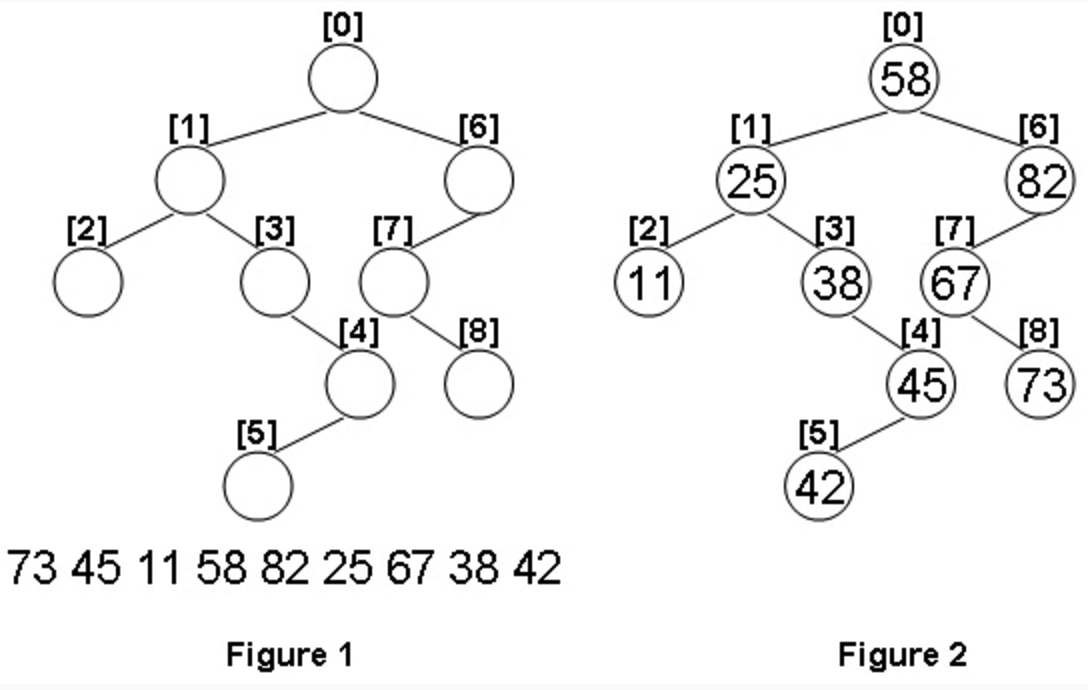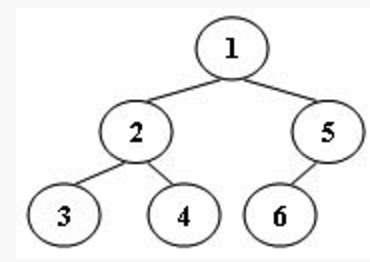在社交网络平台注册时,用户通常会输入自己的兴趣爱好,以便找到和自己兴趣相投的朋友。有部分兴趣相同的人们就形成了“社交集群”。现请你编写程序,找出所有的集群。
输入格式:
输入的第一行给出正整数N(<=1000),即社交网络中的用户总数(则用户从1到N编号)。随后N行,每行按下列格式列出每个人的兴趣爱好:
Ki: hi[1] hi[2] … hi[Ki]
其中Ki(>0)是第i个人的兴趣的数量,hi[j]是第i个人的第j项兴趣的编号,编号范围为[1, 1000]内的整数。
输出格式:
首先在第一行输出整个网络中集群的数量,然后在第二行按非递增的顺序输出每个集群中用户的数量。数字间以1个空格分隔,行首尾不得有多余空格。
输入样例:
8
3: 2 7 10
1: 4
2: 5 3
1: 4
1: 3
1: 4
4: 6 8 1 5
1: 4
输出样例:
3
4 3 1
分析:并查集。先写好init、findFather、Union。
0. 每个社交圈的结点号是人的编号,而不是课程。课程是用来判断是否处在一个社交圈的。
1. course[t]表示任意一个喜欢t活动的人的编号。如果当前的课程t,之前并没有人喜欢过,那么就course[t] = i,i为它自己的编号,表示i为喜欢course[t]的一个人的编号
2. course[t]是喜欢t活动的人的编号,那么findFather(course[t])就是喜欢这个活动的人所处的社交圈子的根结点,合并根结点和当前人的编号的结点i。即Union(i, findFather(course[t])),把它们处在同一个社交圈子里面
3. isRoot[i]表示编号i的人是不是它自己社交圈子的根结点,如果等于0表示不是根结点,如果不等于0,每次标记isRoot[findFather(i)]++,那么isRoot保存的就是如果当前是根结点,那么这个社交圈里面的总人数
4. isRoot中不为0的编号的个数cnt就是社交圈圈子的个数
5. 把isRoot从大到小排列,输出前cnt个,就是社交圈人数的从大到小的输出顺序
|
1 2 3 4 5 6 7 8 9 10 11 12 13 14 15 16 17 18 19 20 21 22 23 24 25 26 27 28 29 30 31 32 33 34 35 36 37 38 39 40 41 42 43 44 45 46 47 48 49 50 51 52 53 54 55 56 |
#include <cstdio> #include <vector> #include <algorithm> using namespace std; vector<int> father, isRoot; int cmp1(int a, int b){ return a > b; } int findFather(int x) { int a = x; while(x != father[x]) x = father[x]; while(a != father[a]) { int z = a; a = father[a]; father[z] = x; } return x; } void Union(int a, int b) { int faA = findFather(a); int faB = findFather(b); if(faA != faB) father[faA] = faB; } int main() { int n, k, t, cnt = 0; int course[1001] = {0}; scanf("%d", &n); father.resize(n + 1); isRoot.resize(n + 1); for(int i = 1; i <= n; i++) father[i] = i; for(int i = 1; i <= n; i++) { scanf("%d:", &k); for(int j = 0; j < k; j++) { scanf("%d", &t); if(course[t] == 0) course[t] = i; Union(i, findFather(course[t])); } } for(int i = 1; i <= n; i++) isRoot[findFather(i)]++; for(int i = 1; i <= n; i++) { if(isRoot[i] != 0) cnt++; } printf("%d\n", cnt); sort(isRoot.begin(), isRoot.end(), cmp1); for(int i = 0; i < cnt; i++) { printf("%d", isRoot[i]); if(i != cnt - 1) printf(" "); } return 0; } |


